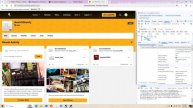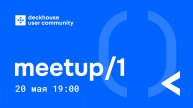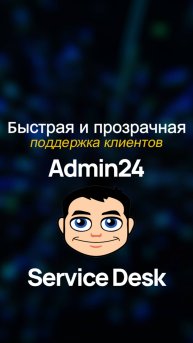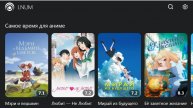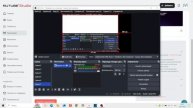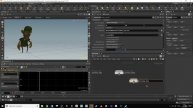Introduction to Flutter - Mobile Application Development - Start leaning app development
Flutter is the powerful new mobile software development kit from Google. With Flutter, you can quickly and easily develop beautiful, powerful apps for mobile, web and desktop, without the need to learn multiple programming languages by using a single code base.
The Flutter community is growing rapidly and transforming the way Android and iOS apps get made. Beginning Flutter allows you to get on board with the latest app development technology, giving your mobile development career a big head start.
Flutter promises cross-platform, natively compiled apps, with slick smooth UIs. Sounds promising. Developed by Google, the framework is gaining in popularity, especially amongst new startups.
Flutter’s major selling point is that it allows developers to create mobile apps for Android and iOS using a single codebase. It’s possible to build a Flutter app targeting Android and build the same project on a Mac for iOS devices without changing a single line of code.
Unlike most other mobile app frameworks Flutter does not use WebView nor OEM widgets. Instead, Flutter uses its own rendering engine to draw widgets.
Apps are natively compiled too, so you’ll need a machine with Android SDK installed for targeting Android and you’ll need to be running XCode to build for iOS devices.
The Flutter team opted for Dart, an object-orientated language which can compile to ARM & x64 machine code for mobile, desktop, and backend. It can also compile to JavaScript for the web. App developers use Dart to create the UI and business logic — no visual designers or screen layouts stored as XML. Everything is coded in Dart.
Widgets are the building blocks of a Flutter UI. You pass a root widget to the runApp function and that widget creates child widgets and so on… forming a hierarchy of widgets.
Why Flutter?
One code base for both iOS and Android.
Flutter is the only mobile SDK that provides reactive views without requiring a JavaScript bridge.
Flutter apps look and feel great.
Make a change in the app and see them in the blink of an eye. All thanks to Hot-Reload.
What’s up with “Dart”!
Dart is a reactive language that talks similar to python in terms of ease of coding while keeping the power of native java under the hood.
Widgets
There are broadly two types of widgets in Flutter.
State-full Widgets and Stateless Widgets. The names are self-explanatory.
State-full Widgets are sensitive to what happens within its boundaries and gets rebuilt when a state change is detected.
Conversely, Stateless widgets are not state sensitive and remain static throughout its life cycle.
Flutter Features:
Flutter framework offers the following features to developers:
Modern and reactive framework.
Uses Dart programming language and it is very easy to learn.
-Fast development.
-Beautiful and fluid user interfaces.
-Huge widget catalog.
-Runs the same UI for multiple platforms.
-High-performance application.
Advantages:
Flutter comes with beautiful and customize widgets for high-performance mobile Apps. It fulfills all the customer needs and requirements. Besides these, Flutter offers many more advantages as mentioned below:
1. Dart has a large repository of software packages which lets you extend the capabilities of your application.
2. Developers need to write just a single code base for both applications (both Android and iOS platforms). Flutter may be extended to other platforms as well in the future.
3. Flutter needs lesser testing. Because of its single code base, it is sufficient if we write automated tests once for both the platforms.
4. Flutter’s simplicity makes it a good candidate for fast development. Its customization capability and extensibility makes it even more powerful.
5. With Flutter, developers have full control over the widgets and its layout.
6. Flutter offers great developer tools, with amazing hot reload.
Disadvantages:
Despite its many advantages, flutter has the following drawbacks in it:
1. Since it is coded in Dart language, a developer needs to learn a new language (though it is easy to learn).
2. Modern framework tries to separate logic and UI as much as possible but, in Flutter, user interface and logic is intermixed. We can overcome this using smart coding and high-level module to separate UI and logic.
3. Flutter is yet another framework to create a mobile application. Developers are having a hard time in choosing the right development tools in hugely populated segment.
Видео Introduction to Flutter - Mobile Application Development - Start leaning app development автора European Auto Enthusiasts Event
Видео Introduction to Flutter - Mobile Application Development - Start leaning app development автора European Auto Enthusiasts Event
Информация
28 февраля 2025 г. 6:26:29
00:31:52
Похожие видео







